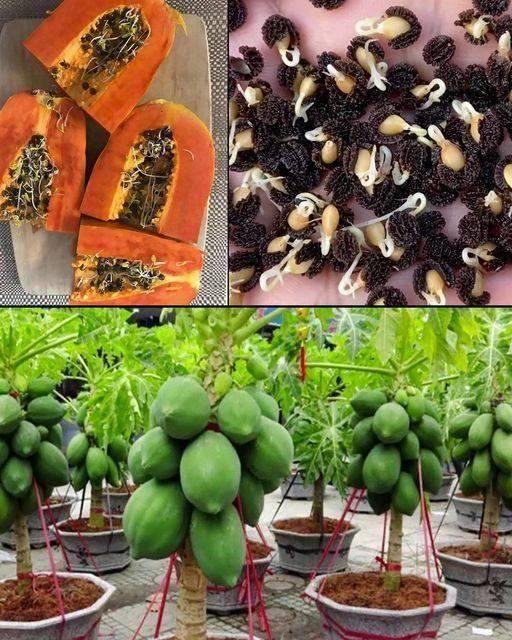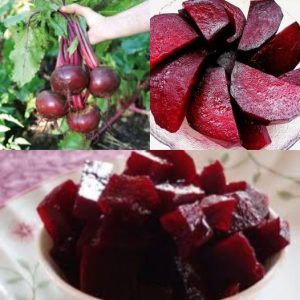
Delve into the delightful world of home-grown papaya, even in non-tropical regions, with this comprehensive guide to nurturing papaya plants in pots. Elevate your gardening experience and enjoy the delicious taste and health benefits of this tropical fruit right from your balcony or patio.
1. Optimal Pot Selection and Location Choose a sunny spot that receives at least 6 hours of direct sunlight daily for your papaya plant. Select a spacious pot, approximately 20 liters in size, to accommodate the growing root system and ensure ample room for flourishing.
2. Choosing the Right Papaya Variety Opt for compact or dwarf papaya varieties suited for container cultivation. Varieties like dwarf mountain papaya or solo papaya are ideal choices, adapting well to pot life while promising a fruitful harvest without extensive growth.
3. Soil Preparation Create a well-drained soil mix by blending garden soil, compost, and perlite or vermiculite. This combination retains moisture effectively while providing adequate drainage to prevent root rot.
4. Planting Plant papaya seeds or a young seedling in the prepared pot. Enhance the planting hole with compost for a nutrient-rich start. Center the plant in the pot and surround it with the soil mixture, gently pressing down around the base for stability.
5. Watering and Fertilization Maintain consistent soil moisture, especially during warmer months, without overwatering. Feed your papaya plant with a balanced fertilizer every 4 to 6 weeks, emphasizing a potassium-rich formula to promote fruiting.
6. Size Management Regularly prune your papaya plant to manage its size and shape, encouraging the development of main fruit-bearing branches and controlling rapid growth.
7. Pest Protection Potted papayas may be more susceptible to pests compared to those grown in-ground. Implement organic pest control methods to protect your plant and ensure its healthy growth.
8. Harvesting Papaya fruits typically ripen 6 to 12 months after planting. Harvest when the fruit reaches a consistent ripe color, using a sharp knife to cut it from the plant while being mindful not to damage the plant itself.
Embrace these steps to successfully cultivate papaya in pots, bringing a taste of the tropics to your home garden. With attentive care, your papaya plant will flourish, rewarding you with a generous harvest of sweet, nutrient-packed fruits. Enjoy the satisfaction of home-grown papayas, regardless of your climate.





